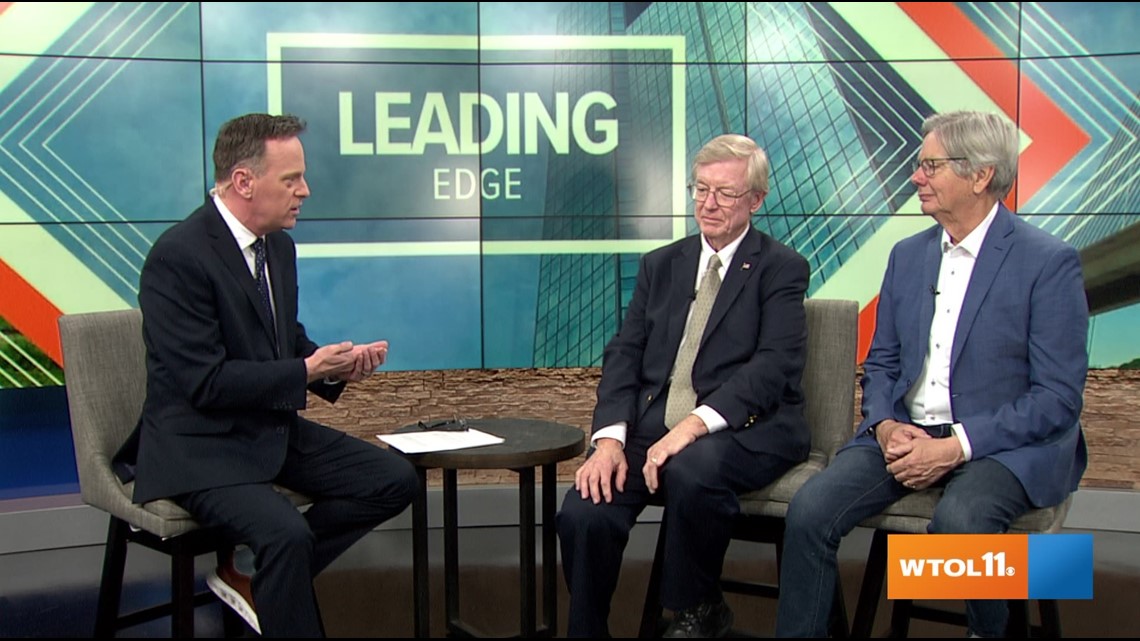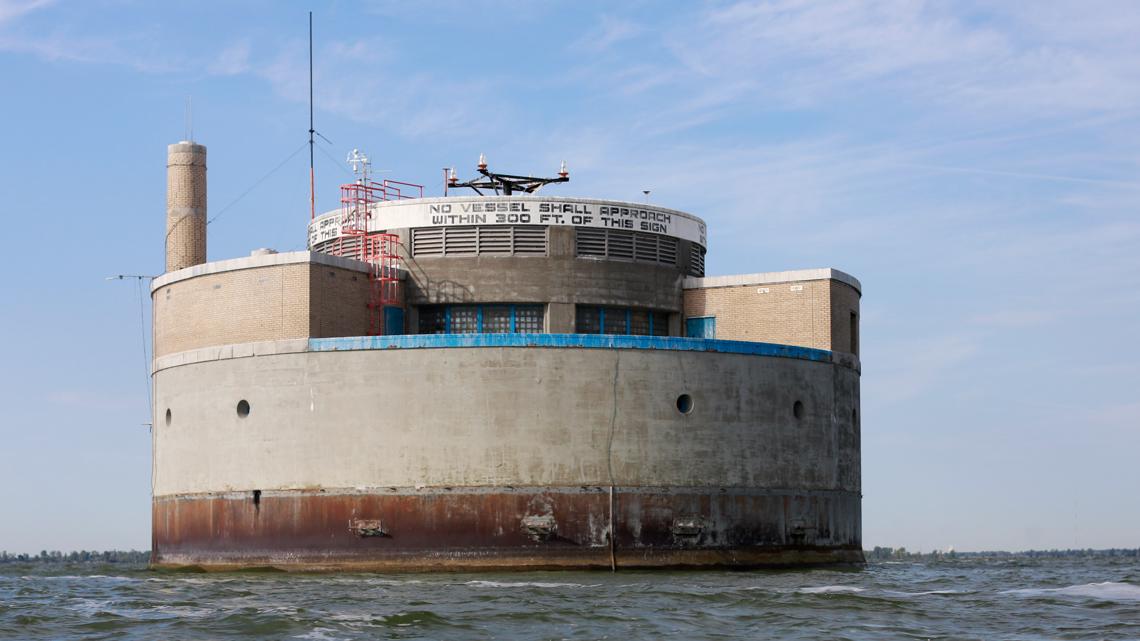TOLEDO, Ohio — If you haven't lived in northwest Ohio for some time, there have been off-and-on conversations about two topics for years: our water and our route to Columbus.
And it seems each time you think the discussions have died down, they fire right back up again. So guess what?
In the last month, Ohio Gov. Mike DeWine has shown renewed interest in funding a study for a better Toledo to Columbus route. He committed $10 million to the effort in the 2023 budget.
Tim Brown, the president of Toledo Metro Area Council of Governments, said the average Toledo driver has to deal with 38 traffic lights on the way to Columbus, and it's only going to get worse.
"We don't begrudge Delaware, its growth," Brown said. "But every time they grow and put in another traffic light...our ability to reach Columbus is diminished."


There's also this: since Toledo's water crisis in 2014, there have been calls for a backup to the water intake in Lake Erie, like a reservoir. Sylvania Mayor Craig Stough has said, over the years, that if a secondary, redundant intake would have existed back then, the water crisis likely would have never happened.
Stough and Lucas County Board of Commissioners President Pete Gerken told WTOL 11 the funding is there thanks to Toledo's water-rate increase. About $100 million would go toward the construction of a reservoir.
However, like an old house in need of repairs, Toledo has nearly 100-year-old water lines leading to the water treatment plant that are in bad shape.


"The best solution is another water intake and another water treatment plant. But that's extremely expensive ... half-a-billion dollars or something like that." Stough said. "Yes, we're going to have to do it for the future and as the region grows ... but we've got to take care of this problem in the near term."
So, is Toledo going to be the one to use that money as it sees fit? Or, will members of the Regional Water Commission convince city leaders they need both fixes, not one or the other?
We’ll dive into all of this on Sunday at 8:30 a.m. on Leading Edge on WTOL 11.

